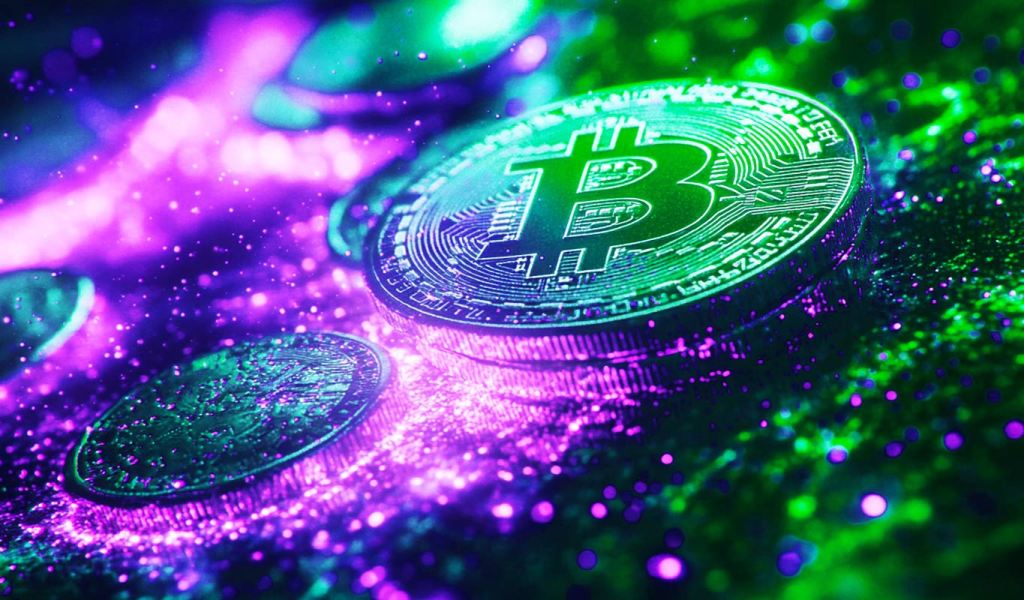
The co-founders of ELOOP and Peaq told Cointelegraph that tokenizing high-value assets, like a fleet of ride-sharing cars, will help bring Web3 into the mainstream.
A Vienna-based car-sharing service company has outfitted nearly half of its 200+ fleet of cars with blockchain-based self-sovereign IDs for tokenization purposes.
On June 27, the car-sharing service Eloop and the Peaq Network — a Web3 ecosystem for the economy of things — announced that 100 Teslas had been tokenized via Peaq. The blockchain integration allows users to own a fraction of the fleet and share the revenue the cars generate from daily rideshare operations.
Cointelegraph spoke with Nico Prugger, the co-founder of Eloop and Leonard Dorloechter, the co-founder of Peaq, in Vienna, about decentralized car sharing, mass adoption of Web3 and the future of blockchain-based high-value assets.

Prugger explained to Cointelegraph that once a user owns a token, they hold a fraction of the entire carsharing fleet, depending on how much they’ve invested into the token.
The tokenization then creates direct revenue when the cars are rented, which is immediately distributed back to the token-holding community.
“We call it car sharing 2.0 because the community who owns the cars also rents them out.”
“We wanted to get as close as possible to real ownership, but make it as easy as possible for everyone to invest in the car without any responsibility,” Prugger said. “We do all the legal work regarding the cars.”
In 2019, Germany-based industrial manufacturing company Siemens also mentioned the use case of blockchain for carsharing purposes via one of its subsidiaries Siemens Mobility.
Dorloechter highlighted the need for blockchain integration in real-world assets to help with mainstream adoption and understanding of the technology.
“For Web3 to go mainstream we need a connection between the digital and real worlds, which enable people to co-own assets that generate revenue based on actual services and goods.”
The transaction and data storage layer for the decentralized physical infrastructure network (DePIN) of the tokenized Teslas is hosted by the peaq blockchain network, which is built on Polkadot.
Related: Siemens issues $64M digital bond on a public blockchain
Dorloechter said the company chose Polkadot due to the “interoperability” aspect and said that they’ve built an economic model to “specifically incentivize those IoT use cases.”
He said, “This is possible because we outsource security to Polkadot. It brings a lot of product value.”

Both Prugger and Dorloechter commented that carsharing is just the beginning, and many companies are interested in things such as decentralized electric vehicle charging, decentralized Uber and a decentralized camera network.
“It's possible now that users and also machines own and control their own data and users can sell it and make it available if they want to,” said Dorloechter.
“It's not a Big Tech company in the middle with all the data and monetizing it. It's individuals and individual cars - people owning and controlling the data and being able to share it.”
He linked this development to an EU initiative called Gaia-X, which aims to create a sovereign data infrastructure and standards for identity and data sharing, which will help establish “real smart cities."
Prugger commented on the EU’s overall stance on emerging technologies and digital assets, saying the clarity given by the MiCA regulations has allowed them to think about “scaling the idea” across Europe.
Related: Italy sets aside millions for workers at risk of AI replacement
Teslas are known for their integration of artificial intelligence (AI), for self-driving and monitoring surroundings. As the age of automation is nearing, some estimates say that nearly 50% of today’s work activity could be automated by 2045.
Dorloechter pointed out that AI-capable vehicles like Teslas could be automated to become robo-taxis and therefore, tokenization of such vehicles would “enable the democratization of the age of automation.”
“All the value that those autonomous cars generate could end up in the pockets of a few big companies,” he said.
“This is a way to reduce inequality by making all of those autonomous value-generating assets open for people to invest and earn from.”
As more physical high-value items are put on the blockchain and tokenized for public accessibility, Dorloechter says the ability for "communities to fund and build infrastructure and also earn from it" becomes real.
Magazine: ‘Moral responsibility’: Can blockchain really improve trust in AI?

